US correspondent Thomas May attends the Hagen Quartet’s long-overdue Seattle debut on 28 February 2025
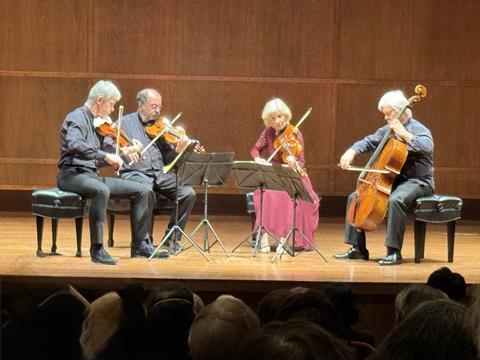
Several members of the Seattle Symphony’s string sections mingled among the audience attending the Hagen Quartet’s first ever performance in Seattle, naturally drawn by the chance to experience quartet playing at its finest. The Hagens did not disappoint – except for the bittersweet fact that, with their long-overdue hello, they were also bidding adieu.
Though founded in 1981 and internationally renowned for decades, the ensemble had, remarkably, never made it to the Pacific Northwest until now. Their one-time Seattle engagement left those fortunate enough to attend hungry for more. But as this was a stop on the Hagen Quartet’s farewell tour, no return is forthcoming.
Were this not the end, they could surely count on an enthusiastically loyal following. Seattle’s healthy appetite for chamber music has been nurtured by Seattle Chamber Music Society, which has existed for nearly as long the Hagen Quartet. SCMS presented the event as part of a recent expansion of offerings under artistic director James Ehnes (subject of The Strad’s March cover story).
The programme of Haydn and Schumann may have been bread and butter for the Hagen siblings and their violinist colleague Rainer Schmidt, but with every gesture and choice of phrasing, they reaffirmed their deep conviction that this music matters. Approaching it with an admirable interplay of precision and passion, nuance and spontaneity – all underscored by an unfeigned sense of discovery – the ensemble served up a feast for the mind and senses.
The Hagen’s signature chemistry was evident from the start, but never in a bombastic way: they took risks without overstatement, finding novelty at times in subtle restraint. The reprise in the Allegro heading the first of Haydn’s op.55 set, the Quartet in A major, conveyed a poignant sense of homecoming, for example, that suggested a beacon in our fractured, morally riven world.
An impulse toward relentless development, by contrast, propelled the parallel movement in the more experimental B flat major companion from op.55 (no.3), where change itself was embraced as the invigorating constant. The dance movements in both quartets came to life with subtle rhythmic and agogic inflections, ensuring that no phrase ever repeated in quite the same way. Throughout, ensemble passages scintillated with split-second precision, a marvel of unanimous focus.
With the last, and finest, of Schumann’s string quartets – the third of the op.41 set, in A major – the Hagens ushered us into a vastly different cosmos of sound and feeling. Without the anchor of a programmatic idea, the descending-5th motif in the first movement nevertheless breathed with a narrative urgency, though one driven purely by musical impulse.
As a complement to Haydn’s civilised – though also, at times, enraptured – musical conversations, they revealed Schumann’s tone poetry as a radical synthesis of introspection, volatility, ecstasy and whimsy. Rhythmic articulation in the finale in particular had a natural expressiveness, imbued with the subtlest shades of variation.
Having waited decades for the Hagen Quartet’s debut, Seattle audiences couldn’t help but wish their final bow were only a pause until next time and not a parting.
THOMAS MAY
Read: Words of Wisdom: Violist Veronika Hagen
Watch: The Hagen Quartet plays the second movement of the Ravel quartet
The number one source for playing and teaching books, guides, CDs, calendars and back issues of the magazine.
In The Best of Technique you’ll discover the top playing tips of the world’s leading string players and teachers. It’s packed full of exercises for students, plus examples from the standard repertoire to show you how to integrate the technique into your playing.
The Strad’s Masterclass series brings together the finest string players with some of the greatest string works ever written. Always one of our most popular sections, Masterclass has been an invaluable aid to aspiring soloists, chamber musicians and string teachers since the 1990s.
The Canada Council of the Arts’ Musical Instrument Bank is 40 years old in 2025. This year’s calendar celebrates some its treasures, including four instruments by Antonio Stradivari and priceless works by Montagnana, Gagliano, Pressenda and David Tecchler.



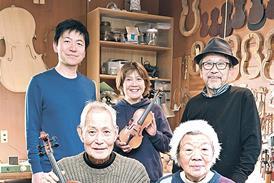
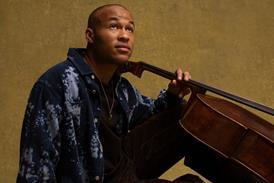

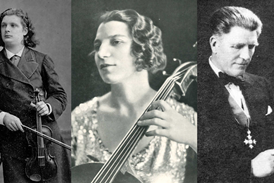


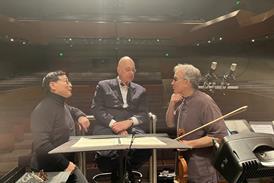

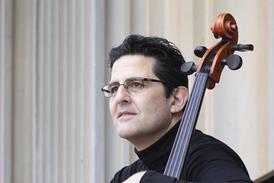
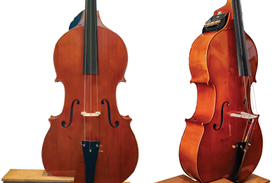
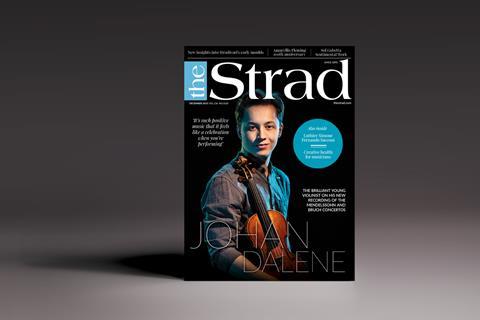
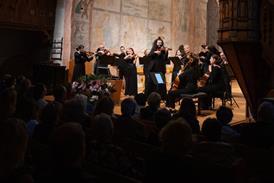

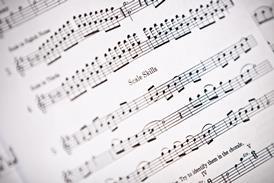
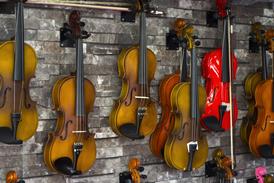

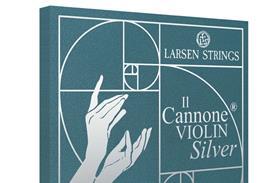
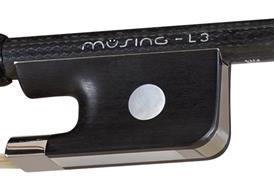
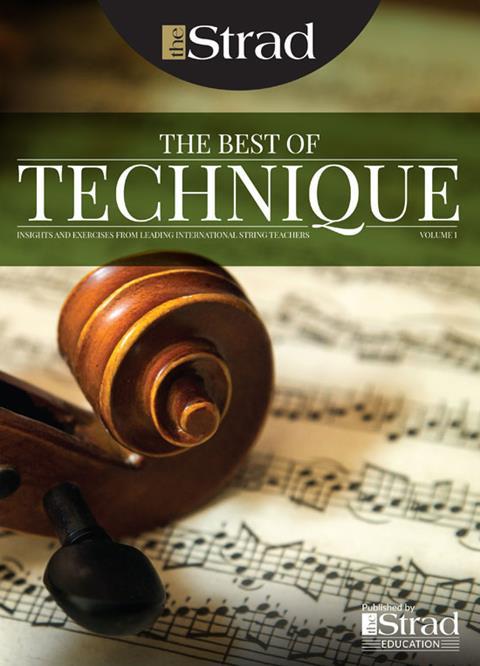
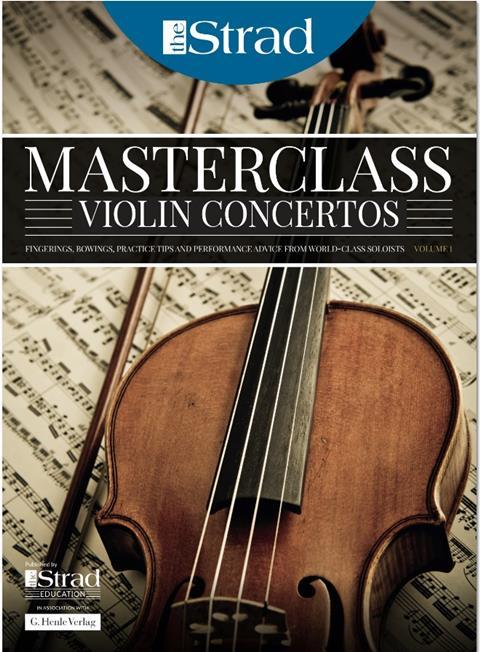
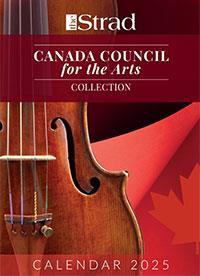
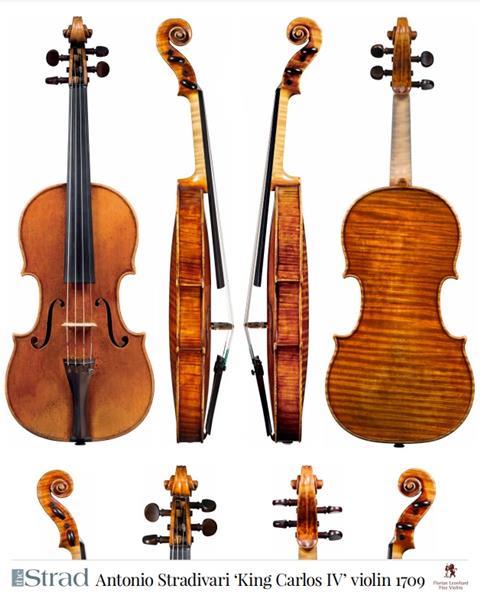
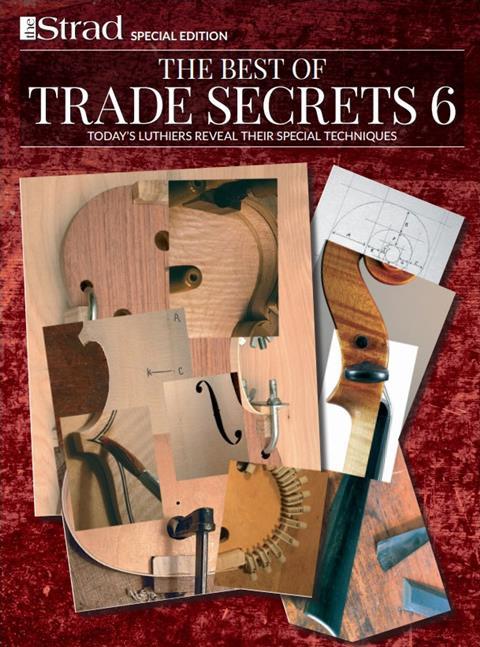
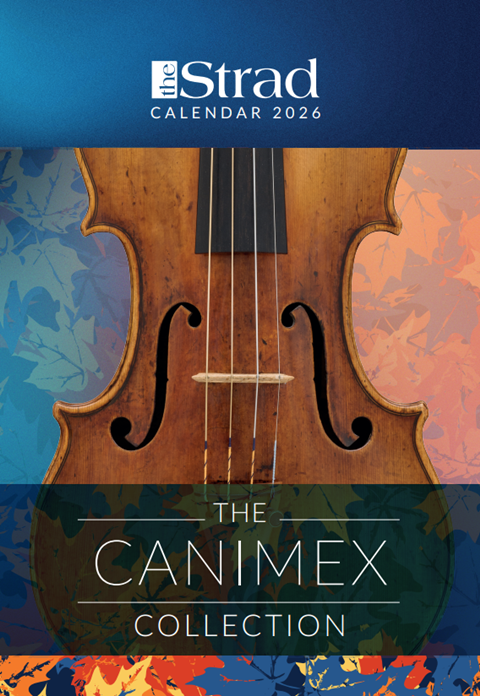
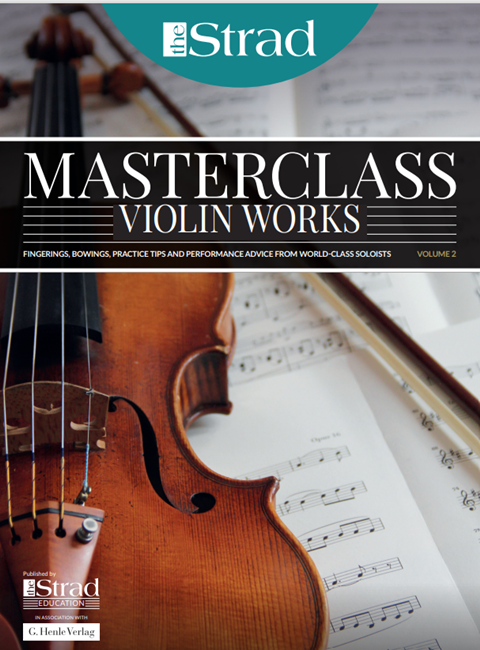
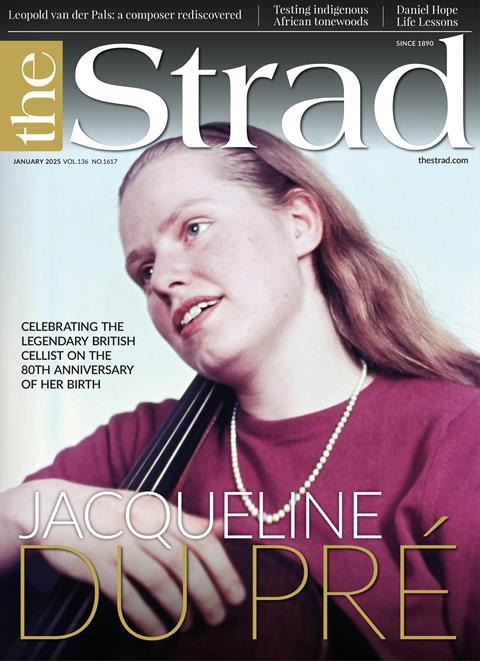
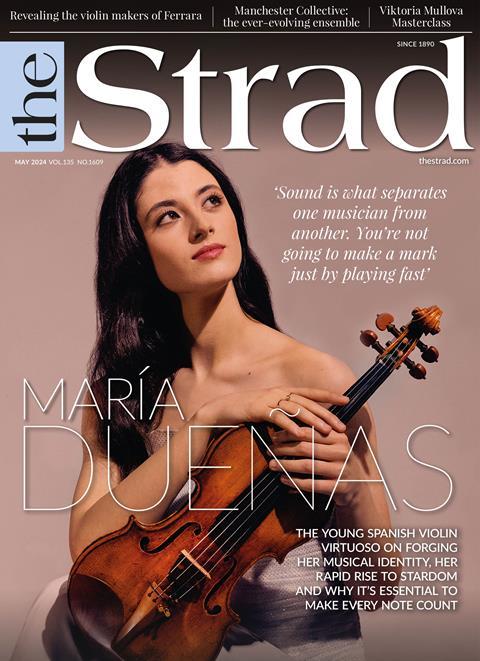
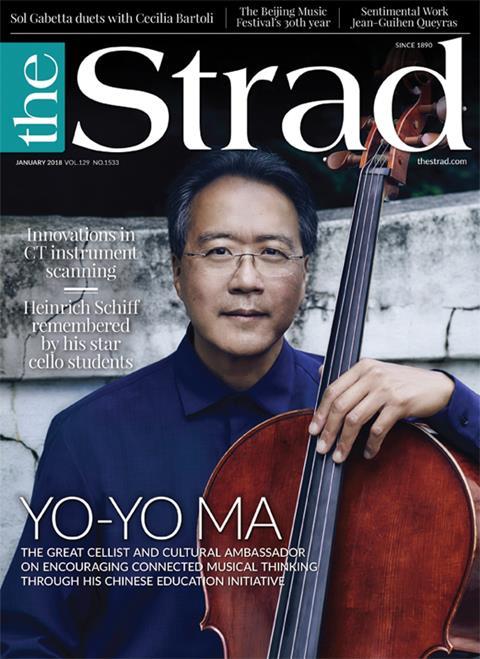












No comments yet